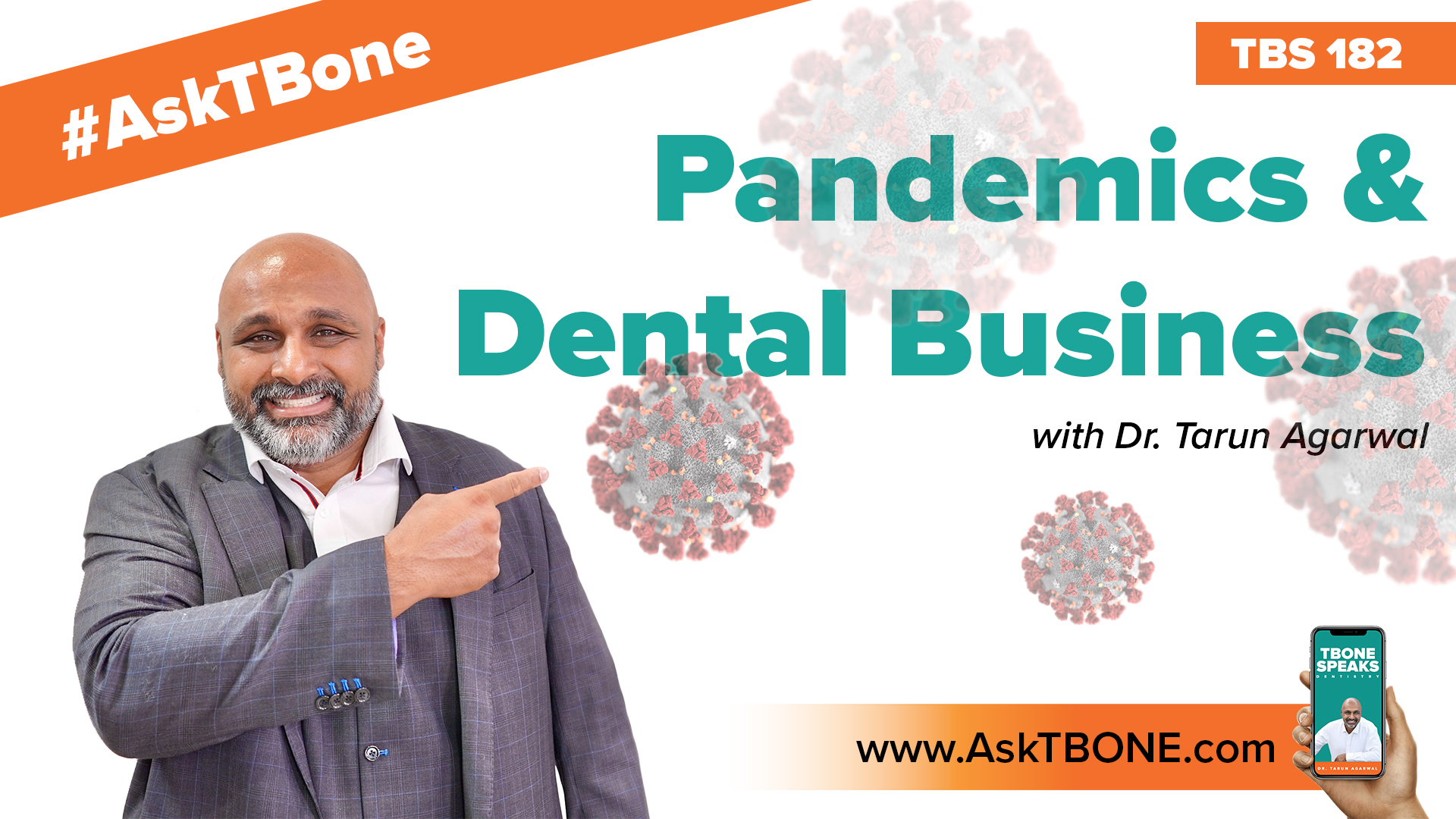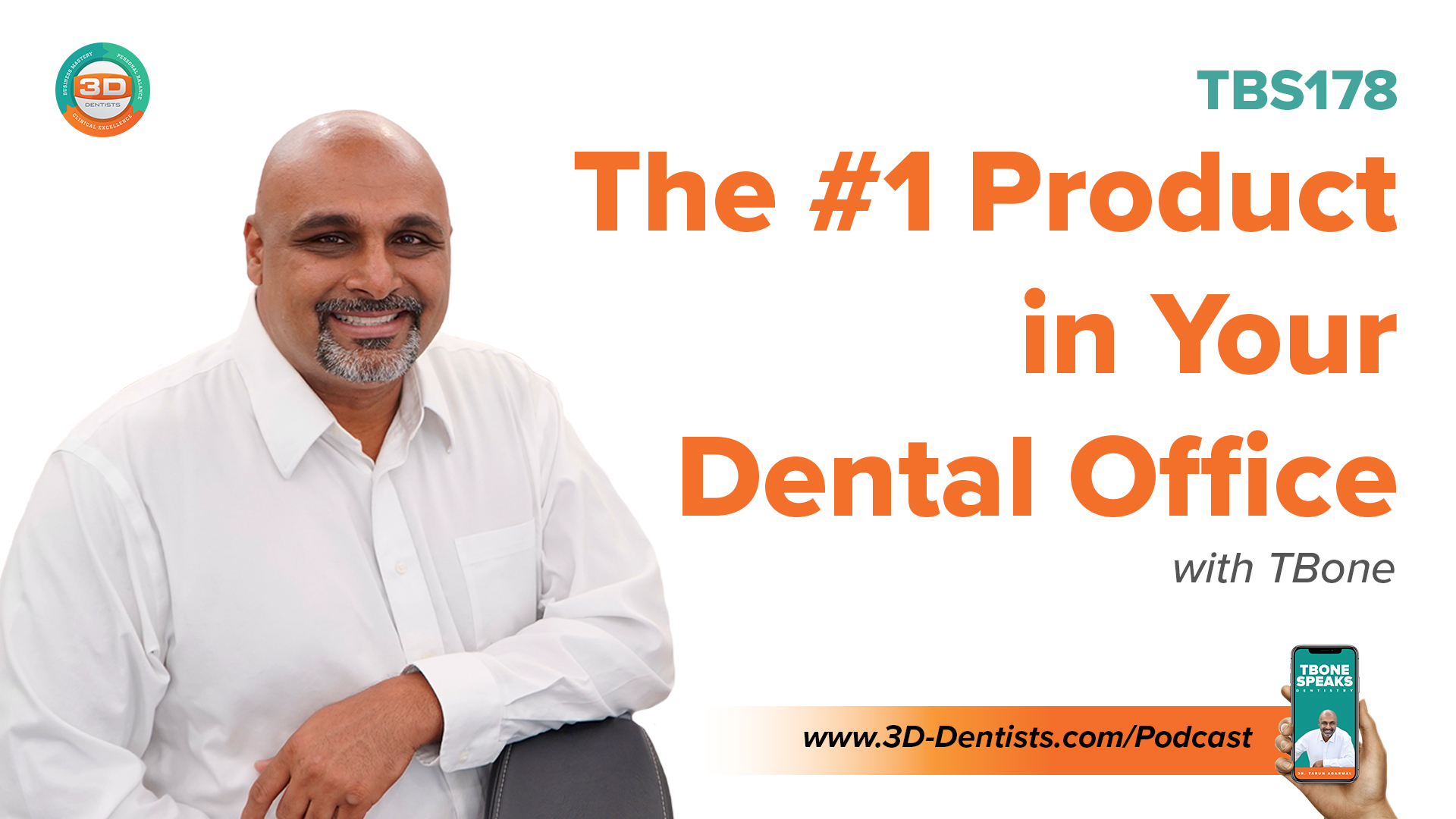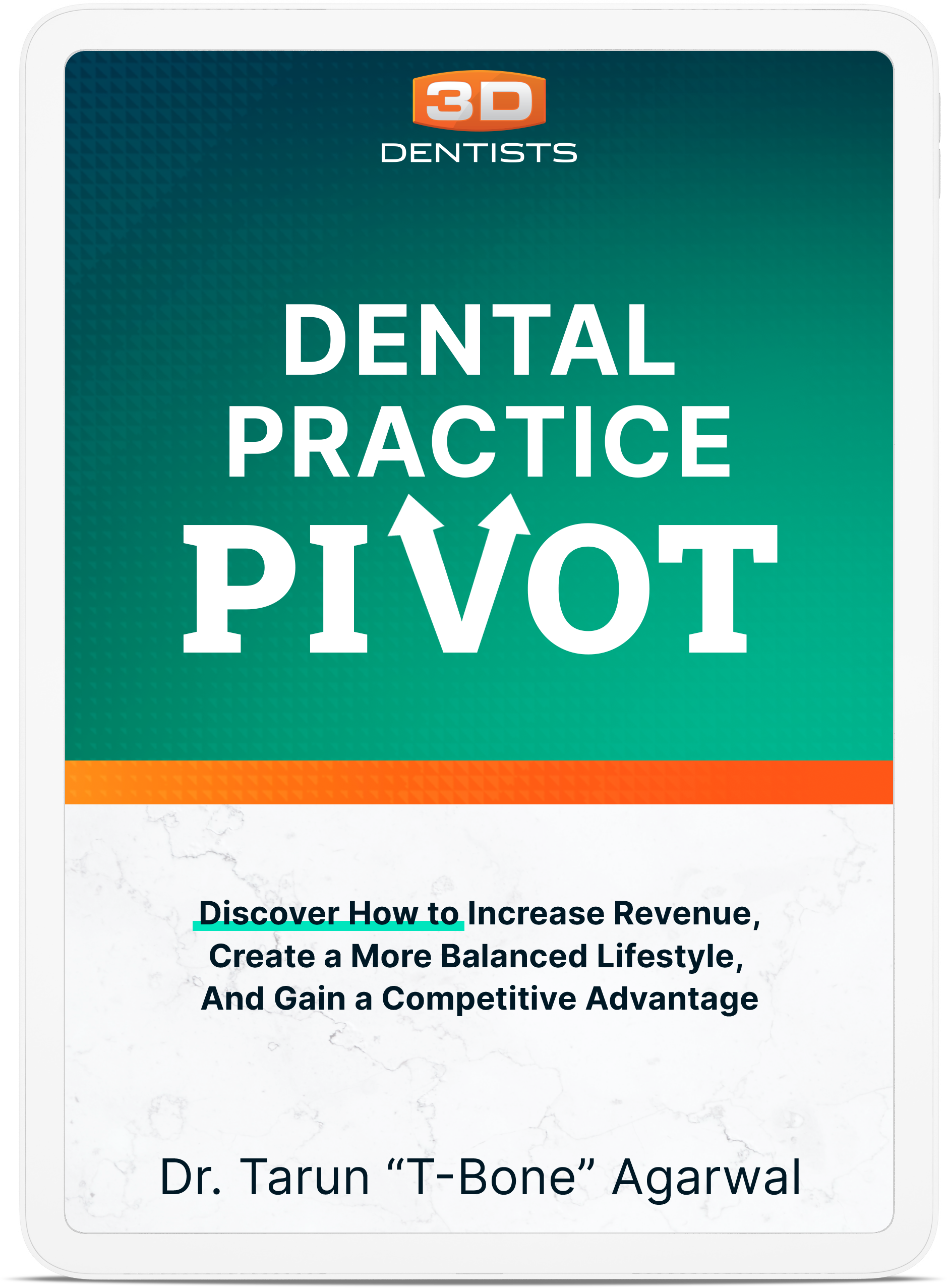Alright! And welcome back for another episode of the T-bone Speaks!
Today we are going to be answering another question.
And today’s question was submitted by Nick:
T! I know that you are in-network with a fair amount of dental insurance plans, so I have faith that you can help me with the solution to my problem. I am a CEREC owner and I’m frustrated when I do any anterior work that the time and effort that goes into custom tinting and glazing a beautiful restoration for a patient with a PPO insurance is not rewarded with a fair fee. I’d like to charge a lab fee say $249 or to $299 per unit and give the patient the option when we are treatment plan in the case on the front end if they would like to pay for an upgraded custom tinted crown.
I have emailed our rep. from Delta Dental to ask if I’m legally allowed to do this and have not gotten a straight answer. Can this be done?
Also I know you do a global fee for your implants start to finish. Do you do the same for your crown and Bridge?
Thanks in advance for your help.
Well Nick, I think this is a great question. Quite honestly, I’m not surprised that your insurance company is not giving you a straight answer because they don’t want to give you a straight answer. They want to make a confusing, they want to leave it up to you, and then they want to decide the rules when that comes into situation and planning. So certainly they don’t help the situation, so I get that certainly.
Now let’s talk about how we are doing it in our practice
So first and foremost I define a good crowd as something that is well fitting, looks pretty nice and functional. So, as a PPO provider that’s my definition.
So when you have, or when a patient has a PPO I’m going to make them a nice CEREC crown, I’m going to use a multi-layered CEREC crown or I will use a Emax Crown in the anterior when the strength is a bigger concern for me. And we will either simply polish or just glaze these restorations and that’s what I consider a PPO Crown.
Now, when a patient needs something better than that we give them the option up front to choose a cosmetic restoration. And what we charge is an aesthetic upgrade fee. We do not call it lab fee and the reason we don’t call it lab fee is because it’s not a lab fee. And many plans actually specifically disallow you charging lab fees so we call it a cosmetic upgrade fee and that fee will vary based on the complexity of the case. And sometimes we can do that in the office and sometimes we actually work with a laboratory to do that. And why we charge a cosmetic upgrade fee, is that it’s not just about the lab fee associated with this, it’s more about the time that it takes, the expertise that it takes and often times when you are dealing with someone that wants something that looks unbelievably good, you also spend more visits getting it exactly right, and it just more involved with and it, not just about the lab fee. In fact, I don’t think charging a couple of hundred dollars is enough to be quite honest with you, in terms of when you are working with the laboratory, just a lab fee itself is not enough.
So, in our office our typical fee when we have a patient that is looking for something that really blends in like really blends in, Master ceramic level work is going to be in the $500-$600 Ballpark in and in above our standard crown fee which is obviously set by the insurance company. We give our patients an option if they choose to have that done, great. If they choose not to have that done, I’m totally happy to make them a nice looking CEREC crown. Now there are times where I will still stain and glaze it and that is just patient’s luck. But if the patient is really particular and really want that high end result, then I firmly believe they should pay for that as I believe that PPO insurance is paid for feeding and functional dentistry and not necessarily highly aesthetic dentistry. So that does mean that you and your team have to get better and I believe that one of the things that you should do is you should have some examples of maybe a case where you take the same patient and you do a stain and glaze high-level crown, and then before you actually put that in the mouth just take that crown straight of the milling unit, polish it up, make it look nice, maybe even just glaze it and show the patient so that you can have some examples of what the difference is, so your patient can pick and choose. Now it is unbelievably important that you are willing to accept that your patient may accept to just have standard, what I call standard Dentistry done. So you can’t force your patients into this, certainly. And then in terms of what you coded as, we use at 02999 type code, a non Insurance code, and we don’t even submit that portion to insurance. So, typical for an anterior Crown will submit the build-up when we do a build-up the 02750 I believe it is for the all ceramic crown, and then we will have the 02999 our internal aesthetic fee that is not submitted to the insurance, and we review this all that the patient in advance, the patient sign off on in, the patient have the choice of choosing to do that or not doing that, so from that perspective.
Now on the second part of your question, you did ask if I have flat fees on Crown and Bridge.
So, generally speaking when I get beyond what I called General Dentistry which is one of two tooth Dentistry, I try to go to a flat-fee system. It does become hard with insurance because you start having to work with codes and things like that, but I find that with patients it becomes easier and that, again explaining it up front to your patients certainly we have been very fortunate and we haven’t had any trouble with it, but I do have a flat fee. So, for example if someone comes in and they want a 10 unit case, say a cosmetic case of some sort, my fee maybe in the $14,000 – $16,000 Ballpark and that number is determined by honestly the complexity of the case and how hard the individual is. And that fee includes everything from start to finish. And I tell my patients that, “Listen, this fee includes everything wax-ups, models planning, digital Smile Design, all the different things that we can do. The trial smile, laboratory communication, all those things”. Now, when patients get into the talk of insurance, I simply try to minimize insurance. I say, “Listen, insurance is here to pay for basic dentistry. Typically something like this if this works to be covered by insurance, they may have $1,000 coverage for you. But quite honestly this is Cosmetic in nature, so don’t expect anything from insurance company. In fact our experience has shown that insurance is not going to pay for any of this”. So, don’t get caught up in that. And when a patient is really driving you about “insurance insurance insurance” I believe you just simply say no to that case. And I know it’s hard because sometimes you want the production, but quite frankly there’s no point in doing dentistry at a business loss or no profit at all, unless you are doing it as a CE case, in a learning environment or as a learning case for yourself. But you can’t do every case like that. And I have learned, over the years, of the last 15-16 years, when patients on cosmetic cases or elective cases of what I call non-insurance driven cases become very Insurance driven, I simply say “You know, this may not be the right time for you, or may not be the right place for you, we focus on doing try to give you great results and we don’t allow insurance to get in the middle of that”. So, I think that’s probably the wisest way to handle some of those things.
So, hopefully I’ve answered your question and thank you very much for submitting that question. And for those of you listening that would like us to answer more questions, please on the bottom left side of the screen you’ll see: You can visit www.tbonespeaks.com and submit your questions there for a future episode.
Thank you very much!
Enjoy The Show?
- Don’t miss an episode, subscribe via iTunes, Stitcher or RSS.
- Leave us a review in iTunes
- Join the conversation by leaving a comment below!







